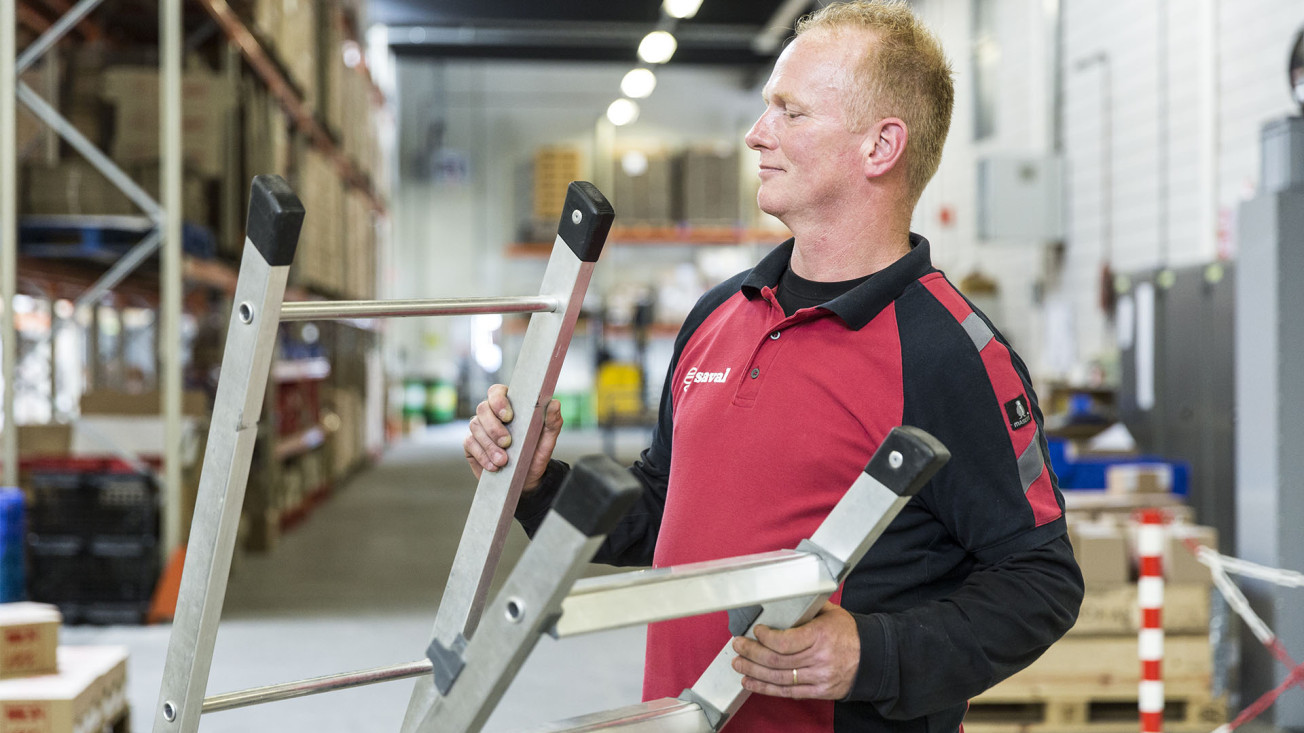Inspection of ladders and stairs
Everyone knows that just like the use of ordinary house, garden and kitchen steps, the steps and ladders on construction sites are the source of many accidents. Incorrect use of the climbing equipment and incorrect working methods are usually the cause of unnecessary suffering. If the cause of the accident is the climbing equipment, then the equipment is faulty. By having your stairs, ladders and scaffolding inspected by a Saval inspector, you can clearly show that you make safe climbing equipment available to your employees.
Inspection points checklist
Below you will find a small selection of the long checklist with general inspection points:
- Damage, cracks and many other forms of wear;
- The condition of the material;
- Straightness of the climbing material;
- Do all connections meet the requirements?;
- Does the climbing equipment function according to the requirements?;
- Presence of materials (is ladder/stairs still complete);
- Do the cover caps meet the requirements?;
- The anti-slip tread must be intact (there must be an anti-slip function)
And many more very important points that must meet the requirements.
